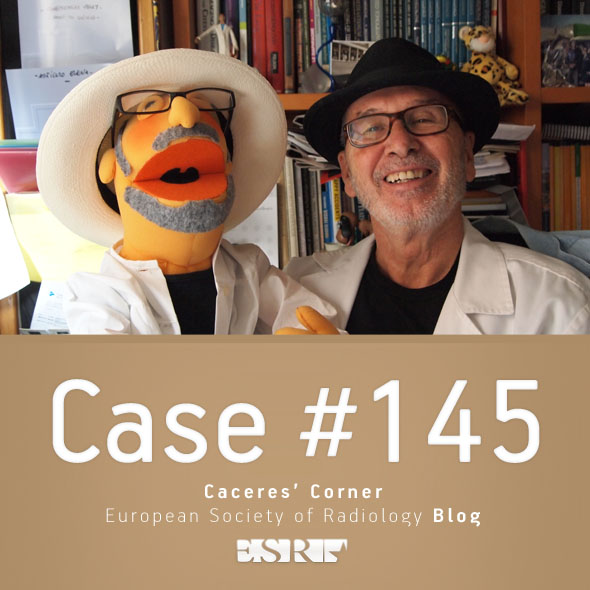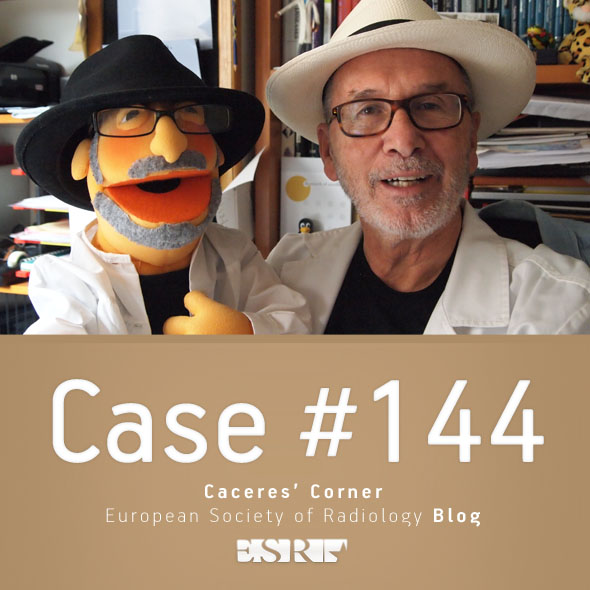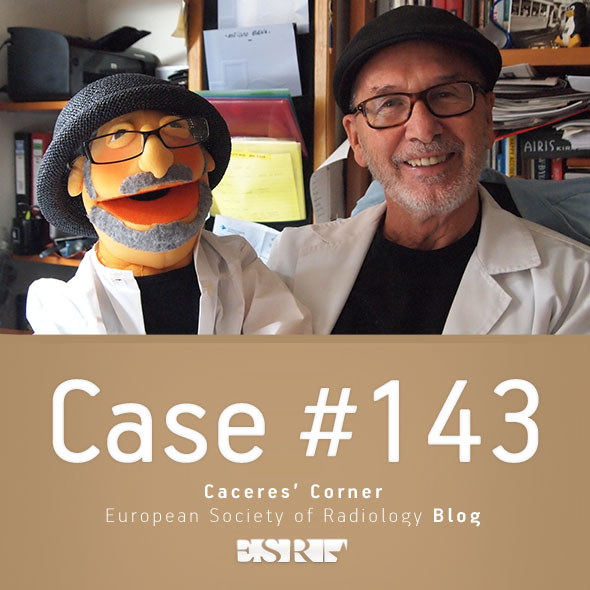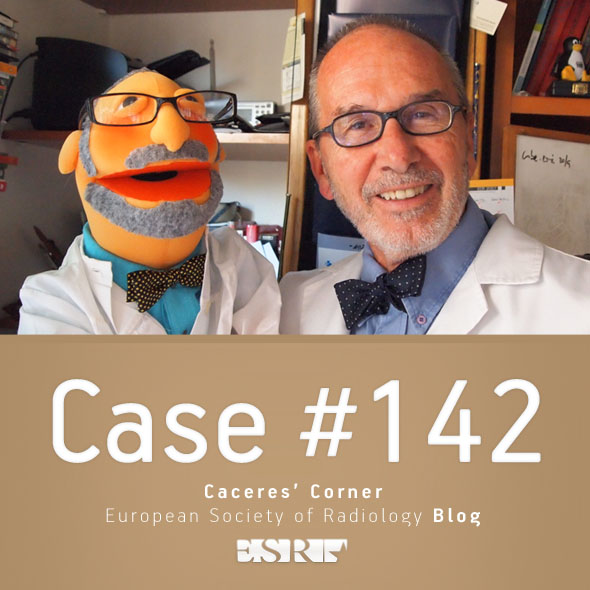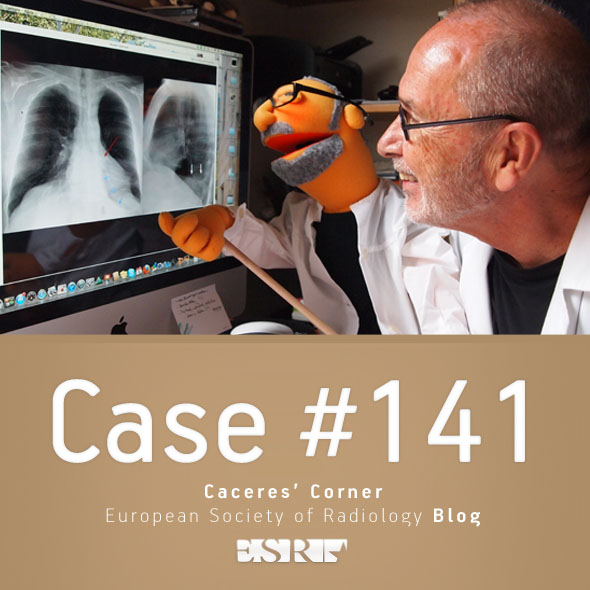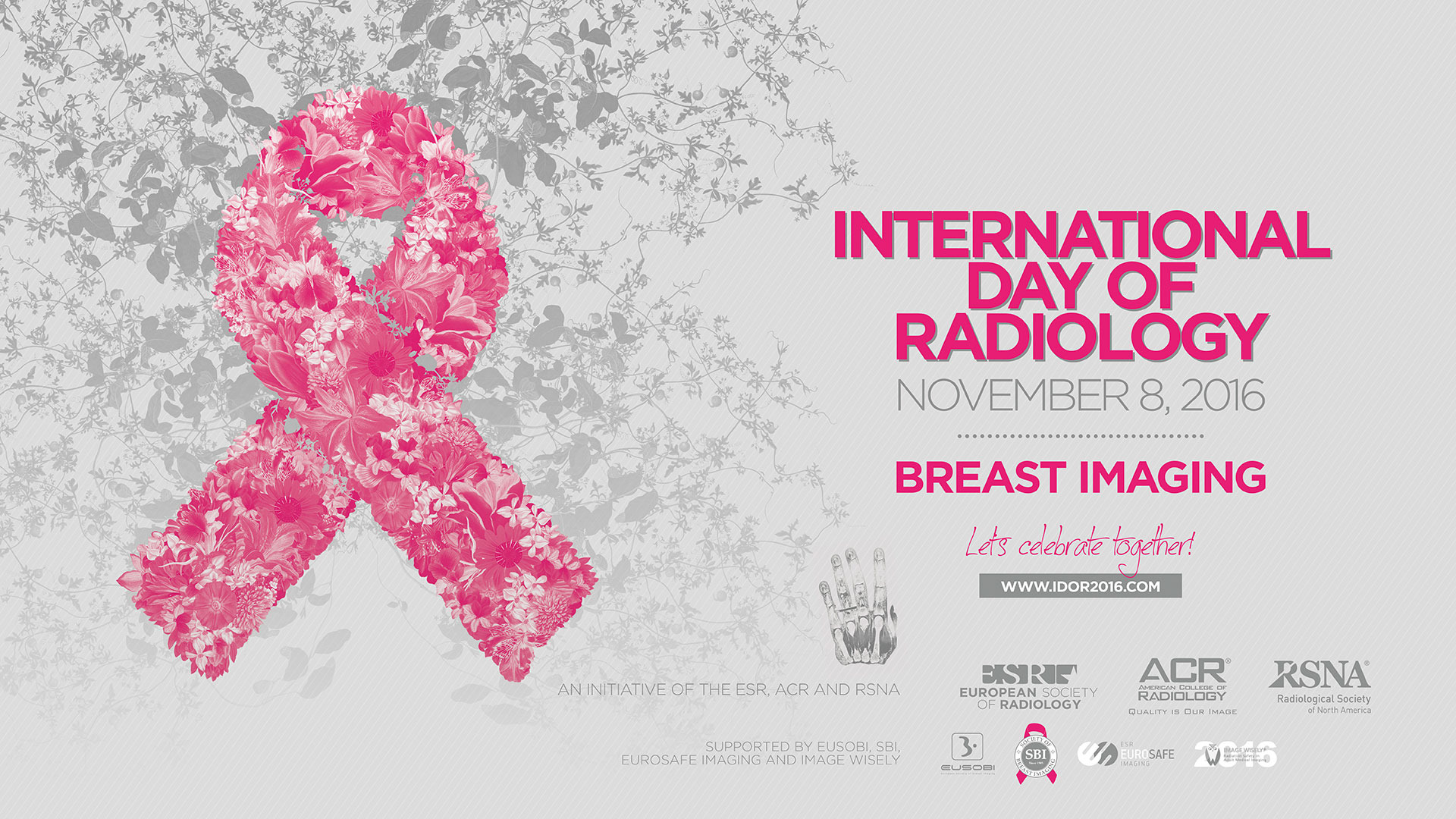
This year, the main theme of the International Day of Radiology is breast imaging. To get some insight into the field, we spoke to Dr. Sophie Dellas, assistant professor of radiology and division head of breast imaging and diagnostics at the University Hospital Basel, Switzerland, and a core team member of the certified breast centre at the same institution.
European Society of Radiology: Breast imaging is widely known for its role in the detection of breast cancer. Could you please briefly outline the advantages and disadvantages of the various modalities used in this regard?
Sophie Dellas: Mammography is the imaging modality of choice for breast cancer screening, but also for diagnosis, evaluation, and follow-up of people who have had breast cancer. Long-term results of randomised controlled trials of mammography screening on average show a decrease in breast cancer mortality of 22% in women aged 50 to 74 years. The main problem of mammography is that it is not a perfect method. Mammography generates 2D images based on the density of tissue for penetrating x-rays. The compression of the breast that is required during a mammogram can be uncomfortable. The compression is necessary to reduce overlapping of the breast tissue. A breast cancer can be hidden in the overlapping tissue and not visible on the mammogram. This is called a false negative mammogram. Mammography is associated with a false negative rate in the order of 10% to 20%. On the other hand, mammography can identify an abnormality that looks like a cancer, but turns out to be normal. This is called a false positive mammogram. Besides worrying about being diagnosed with breast cancer, a false positive means more tests and follow-up examinations. Furthermore, at least some of the cancers found with screening mammography would never otherwise be diagnosed in a patient’s lifetime. The magnitude of such overdiagnosis is a topic of much debate. It is likely to represent up to 10% of breast cancers found on screening mammography and results in potentially unnecessary treatments.

Dr. Sophie Dellas, assistant professor of radiology and division head of breast imaging and diagnostics at the University Hospital Basel, Switzerland.
Breast ultrasound is complementary to both mammography and magnetic resonance imaging (MRI) of the breast. It does not use radiation. It is therefore the initial diagnostic method of choice if breast imaging is required below the age of 40. It allows the confident characterisation of not only benign cysts but also benign and malignant solid masses and the characterisation of palpable abnormalities. The high spatial and contrast resolution of modern breast ultrasound equipment allows the detection of subtle lesions at the size of terminal duct lobular units such as DCIS and small invasive cancers. In women with dense breasts and a negative mammogram, ultrasound therefore is increasingly used as a supplemental screening tool. The major disadvantage of ultrasound as a screening tool is the high risk of false positive findings resulting in unnecessary biopsies. The rate of false positives is much higher with screening ultrasound than with mammography or screening MRI.
Unlike mammography, MRI of the breast does not use radiation. It is safe even though it does require an intravenous injection of a contrast medium. It has a sensitivity exceeding 90% for detecting breast cancer and is superior to mammography and ultrasound. Annual MRI screening is recommended for women with a high lifetime risk of getting breast cancer. Although breast MR imaging is extremely sensitive, its specificity is limited, leading to additional workups and benign biopsies. Good quality breast MR imaging is expensive, time-consuming, and not universally available. Patients with pacemakers, certain aneurysm clips or other metallic hardware, an allergy to contrast agents, or severe claustrophobia are unable to undergo MR imaging.
Read more…
